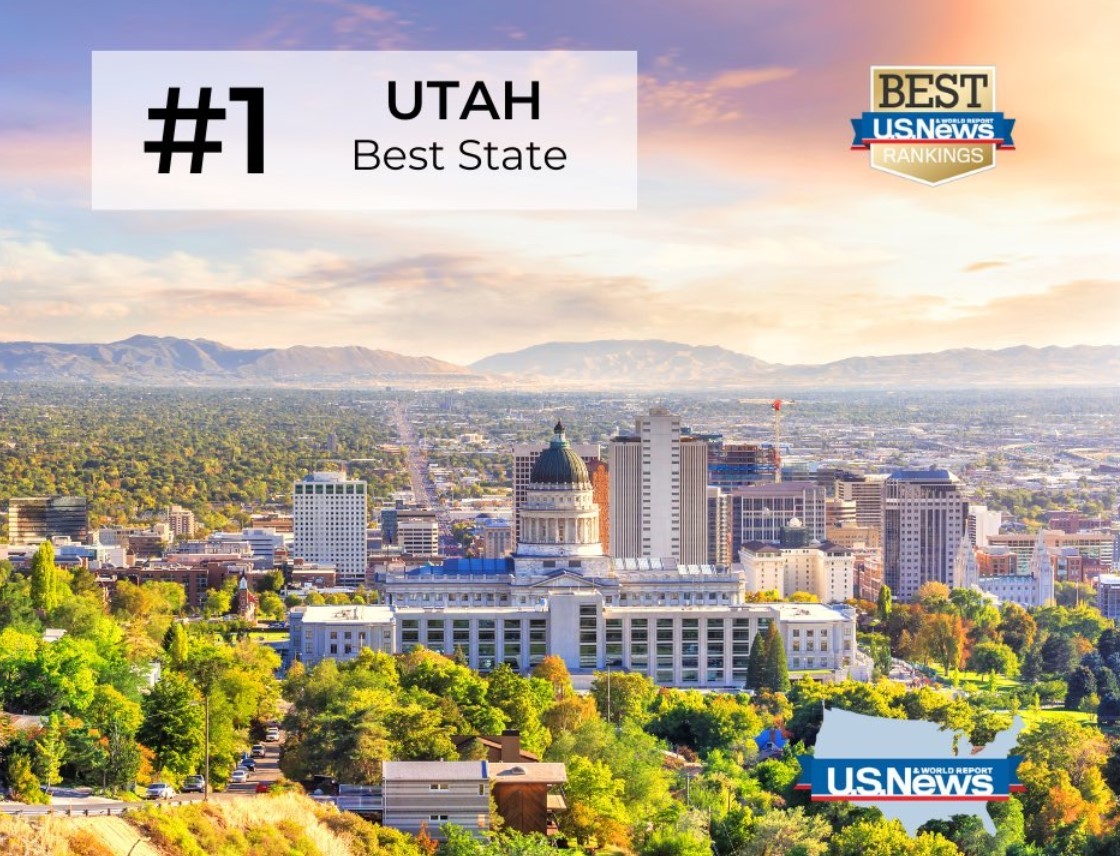The Safest Places/States in the U.S. to Seek Shelter in Case of Nuclear War
Nuclear war is a catastrophic event that many hope will never come to pass. However, given ongoing global tensions, the prospect, however unlikely, has prompted individuals and governments to consider survival strategies.
Understanding Nuclear War Risks
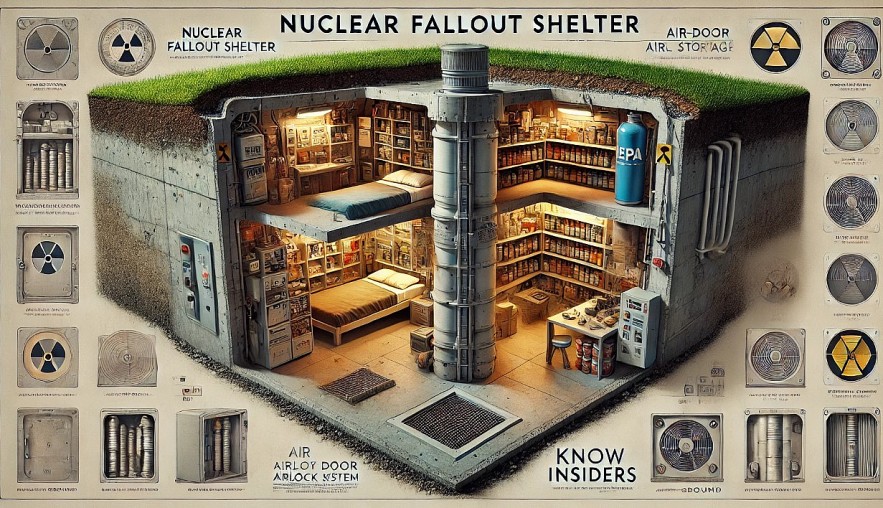 |
| A standard nuclear fallout shelter |
Primary Targets
In a nuclear conflict, the most likely targets include:
Major Cities: High population densities make these areas prime targets for maximum impact.
Military Bases: Facilities housing nuclear weapons, command centers, and airbases are strategic objectives.
Industrial Hubs: Key infrastructure sites for energy, manufacturing, and technology are vital for national defense and economic stability.
Nuclear Fallout
The detonation of a nuclear weapon produces fallout—radioactive particles that are carried into the atmosphere and dispersed over large areas. The fallout zone depends on factors like wind direction, weapon size, and detonation altitude.
 Mystery of President Putin's Nuclear Briefcase (Cheget) and Russia’s Current Nuclear Arsenal Mystery of President Putin's Nuclear Briefcase (Cheget) and Russia’s Current Nuclear Arsenal |
Criteria for Safe Shelter Locations
When determining the safest places to seek refuge, several factors must be considered:
Distance from Likely Targets
Safe zones are far from urban centers, military installations, and industrial hubs.
Geographical Barriers
Mountains, valleys, and other natural features can reduce exposure to radiation by blocking fallout.
Access to Resources
Survival depends on fresh water, arable land, and sustainable food sources.
Infrastructure and Community Preparedness
Regions with self-reliant communities and established emergency response systems are better equipped for survival.
Learn more: How to Build a Safe Nuclear Fallout Shelter in the U.S.
Top Safest Places in the U.S.
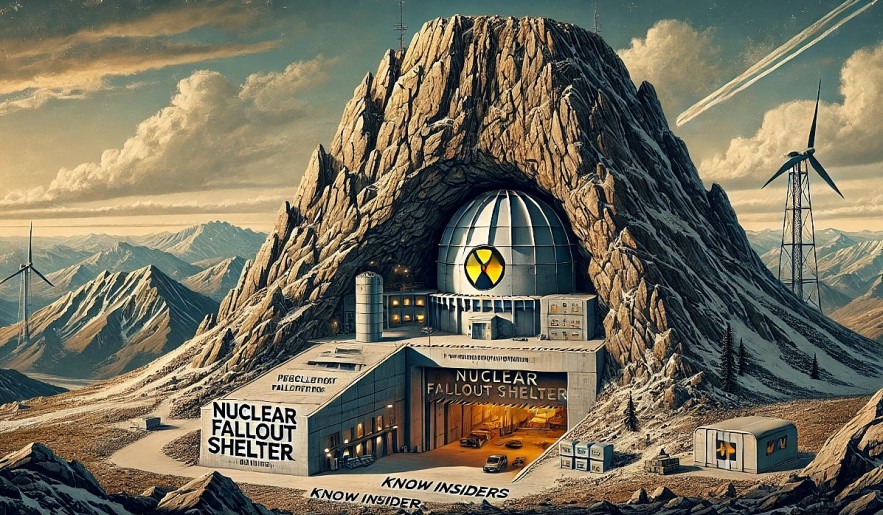 |
| Nuclear Fallout Shelters |
1. Rural Midwest
States like Nebraska, Kansas, and South Dakota are among the safest places during a nuclear conflict. These areas are sparsely populated and far from major military or industrial targets.
-
Advantages:
- Fertile plains for agriculture.
- Abundant water sources from aquifers.
- Low population density reduces potential fallout impact.
-
Potential Challenges:
- Harsh winters may complicate survival without adequate preparation.
2. Rocky Mountain Region
The Rocky Mountains, encompassing states like Colorado, Wyoming, and Montana, offer natural protection due to their rugged terrain and remoteness.
-
Advantages:
- Mountains provide shielding from fallout.
- Numerous caves and underground areas for shelter.
- Freshwater from mountain streams and lakes.
-
Potential Challenges:
- Difficult access and limited infrastructure in remote areas.
3. Pacific Northwest
The Pacific Northwest, including parts of Oregon and northern Idaho, is another safe haven. This region is known for its isolation and self-reliant communities.
-
Advantages:
- Dense forests provide resources and camouflage.
- Proximity to freshwater lakes and rivers.
- Smaller urban centers compared to other regions.
-
Potential Challenges:
- Earthquakes and volcanic risks in certain areas.
4. Remote Areas in Alaska
Alaska’s vast wilderness and remoteness make it one of the safest places to avoid fallout and potential targeting.
-
Advantages:
- Extreme isolation reduces the risk of fallout exposure.
- Abundant fish, wildlife, and natural resources.
- Low population density.
-
Potential Challenges:
- Harsh climate and limited infrastructure.
- Survival requires significant preparation and self-sufficiency.
5. Appalachian Highlands
The Appalachian region, particularly in West Virginia and Kentucky, offers natural protection due to its hilly terrain and remoteness.
-
Advantages:
- Shielding from fallout due to rugged terrain.
- Abundant fresh water from mountain springs.
- Strong sense of community and preparedness culture.
-
Potential Challenges:
- Limited access to advanced healthcare and infrastructure in rural areas.
Top 10 Safest States in the U.S. in Case of Nuclear WarIf nuclear war were to occur, some states in the U.S. are considered safer due to their geographical isolation, lack of strategic targets, and natural barriers against fallout. Here are the top 10 safest states: Alaska: Its extreme remoteness and vast wilderness make Alaska one of the least likely targets. Its low population density and abundant natural resources also make it an ideal refuge. Maine: Far from major cities and military bases, Maine’s remote location and rugged terrain offer safety and self-reliance opportunities. Oregon: The Pacific Northwest, particularly rural Oregon, is isolated and has abundant fresh water and natural resources, making it a secure option. Idaho: Idaho's mountainous regions provide excellent natural protection against fallout, and its low population density reduces risk. Montana: With vast open spaces, a lack of strategic targets, and the Rocky Mountains, Montana is an excellent choice for safety. South Dakota: Sparsely populated and away from major urban centers, South Dakota offers arable land and underground aquifers for sustainability. Wyoming: Like Montana, Wyoming’s rugged terrain and remote location make it a safe haven. The state also has natural resources essential for survival. North Dakota: While it does have some military installations, rural areas in North Dakota are far removed from high-risk zones. West Virginia: Nestled in the Appalachian Mountains, West Virginia offers natural barriers and access to fresh water, making it a good retreat. Vermont: This small, mountainous state has no major cities or military targets, and its rural communities are known for self-sufficiency. Each of these states provides unique advantages for surviving a nuclear conflict, focusing on geographical isolation, access to resources, and natural protections. |
 Does Ukraine Have Nuclear Weapon? Does Ukraine Have Nuclear Weapon? |
How to Prepare for Shelter in These Locations
Even in a relatively safe area, preparation is critical to survival. Here’s how to maximize safety and comfort:
Build or Locate a Shelter
- Underground Bunkers: Ideal for shielding against radiation.
- Natural Caves: Can serve as emergency shelters with modifications.
Stock Essential Supplies
- Water: Store at least one gallon per person per day for at least two weeks.
- Food: Non-perishable items like canned goods, freeze-dried meals, and protein bars.
- Medical Supplies: First aid kits, radiation sickness treatments (e.g., potassium iodide), and prescription medications.
Radiation Protection
- Protective Gear: Use respirators and protective suits to reduce exposure.
- Air Filtration: Install systems with HEPA filters to purify air inside shelters.
- Radiation Monitors: Geiger counters and dosimeters to track exposure levels.
Communication and Information
- Emergency Radios: Battery-operated or hand-crank radios for updates.
- Two-Way Radios: Maintain contact with other survivors.
Long-Term Survival Strategies
Sustainable Living
- Grow Food: Start small-scale farming to ensure a continuous food supply.
- Raise Livestock: Chickens and rabbits are manageable options for protein.
Form a Community
Surviving long-term in isolation can be difficult. Joining or forming a small, self-sufficient community increases chances of survival.
Mental and Emotional Health
- Entertainment: Books, games, and hobbies help maintain morale.
- Routine: Establishing a daily schedule adds structure to life in confinement.
Conclusion
While the possibility of nuclear war is unsettling, planning and preparation can significantly improve survival odds. The safest places in the U.S., such as the rural Midwest, Rocky Mountains, and remote areas like Alaska, offer geographical and logistical advantages for survival. By selecting a safe location and investing in preparation, individuals can mitigate the risks and safeguard their future in the face of uncertainty.
FAQs
1. What makes a place safe during a nuclear war?
A safe place is far from primary targets such as major cities, military bases, and industrial hubs. Locations with geographical barriers like mountains and remote areas with low population density are ideal for reducing the risk of radiation exposure and fallout.
2. Why is Alaska considered one of the safest states?
Alaska’s extreme remoteness, low population density, and lack of strategic targets make it an unlikely area for a nuclear strike. Additionally, its abundant natural resources, such as fish and game, provide long-term survival opportunities.
3. How long should I stay in a shelter after a nuclear explosion?
Experts recommend staying in a shelter for at least 24-48 hours to avoid the highest radiation levels. Ideally, staying sheltered for 2-3 weeks is safer, as radiation levels significantly decrease over time.
4. Can natural caves be used as fallout shelters?
Yes, natural caves can provide excellent protection against radiation if they are deep enough and sealed from outside contamination. Adding air filtration and essential supplies can make caves suitable for long-term shelter.
5. Are rural areas automatically safer than urban ones?
In general, rural areas are safer because they are less likely to be targeted and have fewer people, reducing fallout risks. However, survival depends on access to clean water, food, and a prepared shelter. Not all rural areas are equally suitable, especially without essential resources.
 Top 10 Largest Nuclear Plants In the U.S (2025) Top 10 Largest Nuclear Plants In the U.S (2025) U.S. nuclear power plants generate more electricity than any other country in the world. Take a look at the current ranking, by capacity, of the ... |
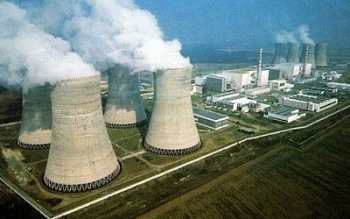 Zaporizhzhia - Ukraine’s Largest Nuclear Plant with 6 Reactors Zaporizhzhia - Ukraine’s Largest Nuclear Plant with 6 Reactors A fire breaks out at the Zaporizhzhia nuclear plant, which is home to six of the fifteen nuclear energy reactors in Ukraine. |
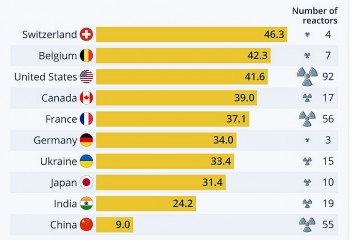 Top 10 Countries Have the Most Nuclear Reactors in the World Top 10 Countries Have the Most Nuclear Reactors in the World On a global scale, 411 reactors were in operation. The question then becomes, which country has more nuclear reactors and is thus considered a nuclear ... |
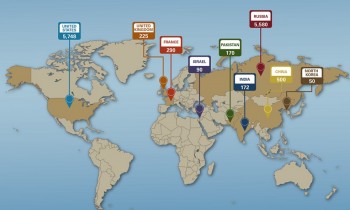 How Many Countries Are Armed with Nuclear Weapons in 2024/2025? How Many Countries Are Armed with Nuclear Weapons in 2024/2025? After Ukraine eliminated this kind of devastating weapon, nine nations made their nuclear weapons publicly known by the end of 2024 or the beginning of ... |

